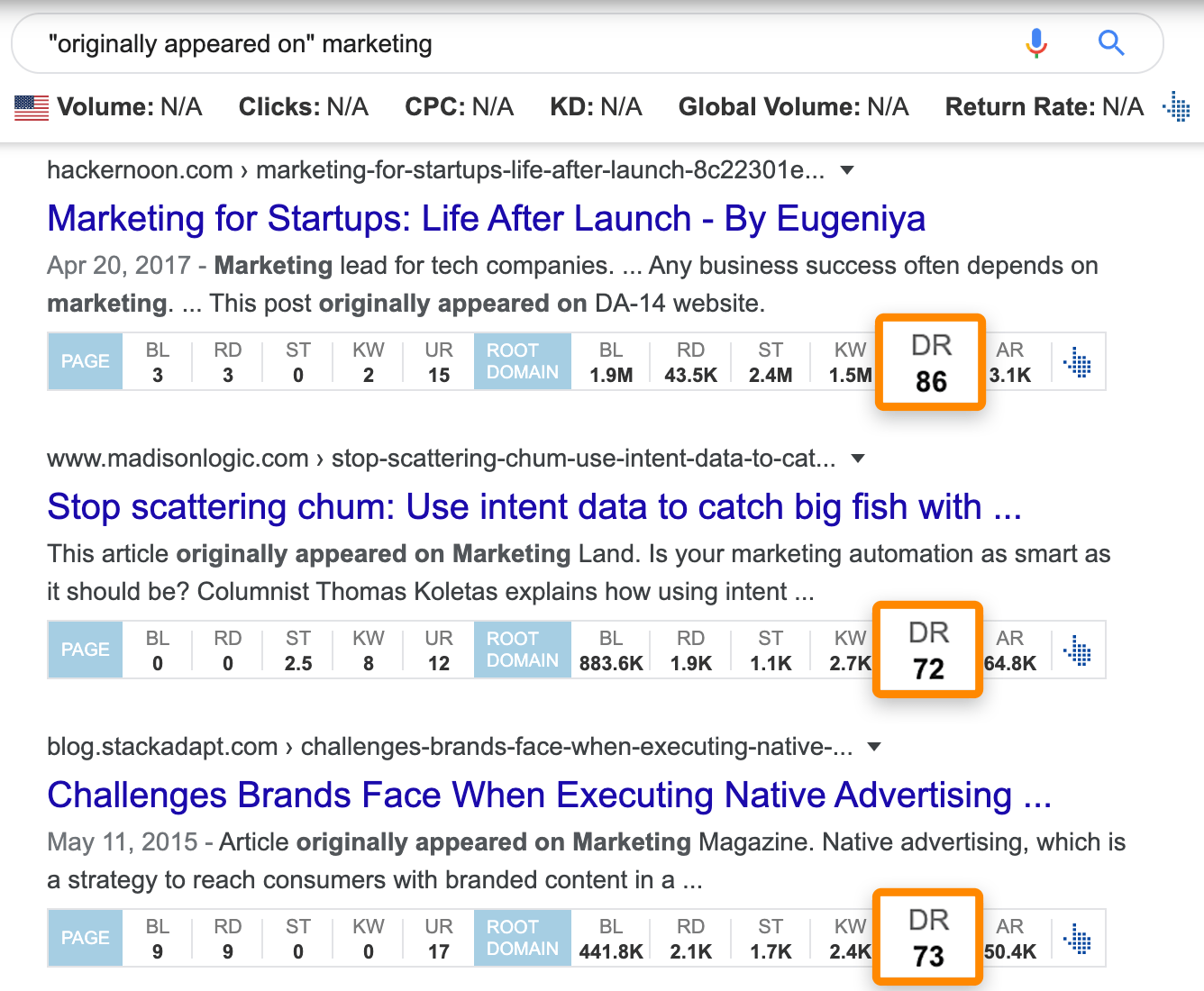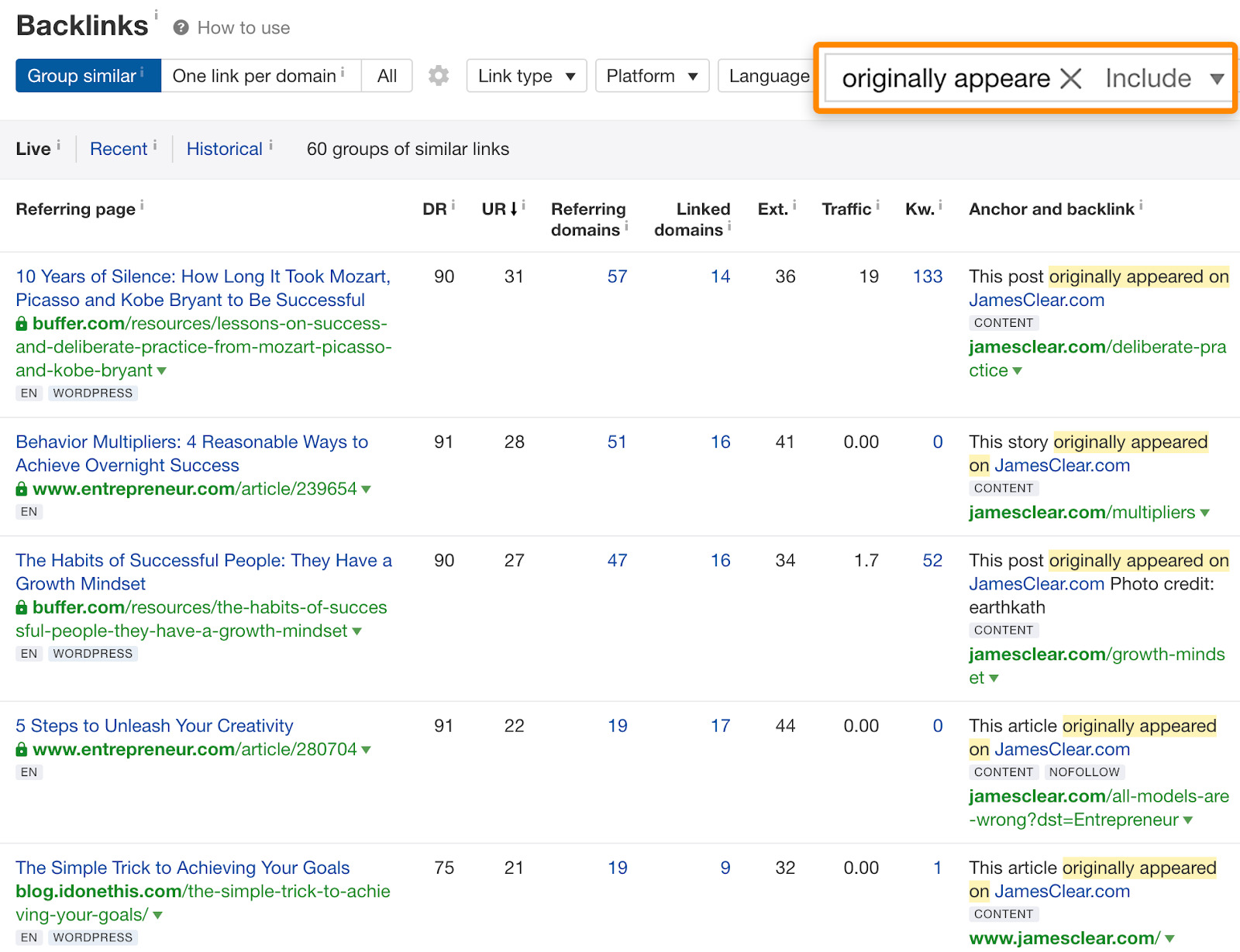Article Syndication
What is Article Syndication?
Article syndication, also known as content syndication, is when one or more third-party websites publish an article that first appeared on another website. In other words, it is republishing word-to-word content on other websites.
However, it differs from stolen or plagiarized content as syndicated content clearly mentions the source where it was initially published. And ideally, it carries a canonical link to the original article.
Why is article syndication important?
Here are a few reasons that make content syndication a successful marketing tactic:
1. It brings referral traffic
Syndicated content mentions that it has been sourced from another website and often links back to it. If the readers find the article helpful or interesting, they may visit your website for more.
Thus, it can help you obtain hundreds or thousands of new visits to your website.
2. It helps build brand awareness
You can reach a much wider audience than you might otherwise be able to by syndicating your content to reputable websites with substantial readers. This will make your brand more visible.
When the readers see authoritative articles with your brand name on other websites, they will see you as an industry leader and become your loyal audience.
3. It can help with links
When content syndication is done correctly, there’s always a link to the original website: a hyperlink referencing the original or a canonical link.
In this case, the backlinks that the republished content can get will help to boost the rankings of the original web page.
How to find article syndication opportunities?
Now that you know how syndicating articles can help you get more visibility, traffic, and links, you need to know where to find article syndication opportunities?”
Here are a few ways to find them:
1. On Google
There are two ways you can find syndication opportunities on Google:
Find syndicated content on a relevant topic
Most of the websites that syndicate content mention phrases like “originally published on,” “originally appeared on,” “republished with permission,” etc. Hence, you can find the republished pages on Google.
Use these phrases along with a related topic to find websites that have republished an article before.
Here’s an example:
“originally appeared on” + marketing

If you’re using Ahrefs SEO Toolbar, it will be easy for you to spot relevant websites with high Domain Rating where you might want to syndicate content.

Check if specific websites republish content
If you know of certain well-known websites in your niche but are unsure whether they syndicate articles, you can check this on Google.
Example:

2. Using Site Explorer
Another way of finding potential syndicates is by using Site Explorer. This is particularly helpful when you already know a website in your niche whose content is getting syndicated.
Plug this website into Site Explorer and go to the Backlinks report. There, use the phrases that are likely to surround the link to the original website in the “Include” box.
Here’s an example:

This will help you find relevant and popular sites that you can try to syndicate content to.
3. Paid syndication and self-syndication
There are a couple of other syndication opportunities that you should know of:
Paid syndication
Paid syndication is where you pay money to place your content on large publications.
It’s rarely done directly — the services like Outbrain and Taboola can place your content or a nofollowed link to it on notable publications like The Guardian.
Basically, it’s a form of advertising.
Self-syndication
You can also self-syndicate or republish your article on platforms like LinkedIn, Reddit, Medium, etc.
FAQs
Can article syndication hurt my SEO?
Even though Google is smart enough to identify the original content, there can be issues when the syndicated content gets indexed and outranks the original article.
Google used to recommend adding a canonical link back to the original article to prevent this. Now, they recommend that the syndicated article be blocked from indexing. The problem is that publishers have to agree to that, and many agreements don’t allow it. I would try to follow their advice, and use a canonical if you can’t.
Is syndicated content duplicate content?
Yes, syndicated articles are a form of duplicate content. However, in this case, it does not have a negative value.
When done right, syndicated content sends the necessary signals to Google to help it find the canonical version and consolidate the link signals.